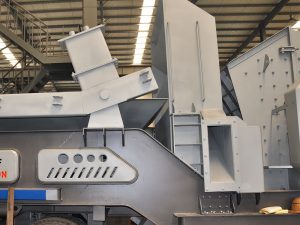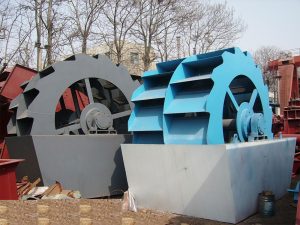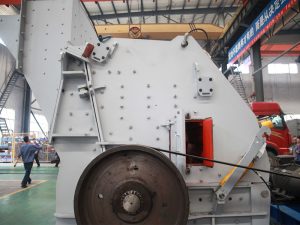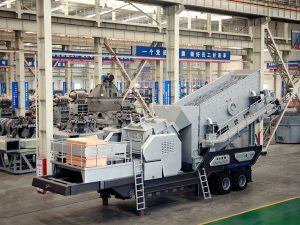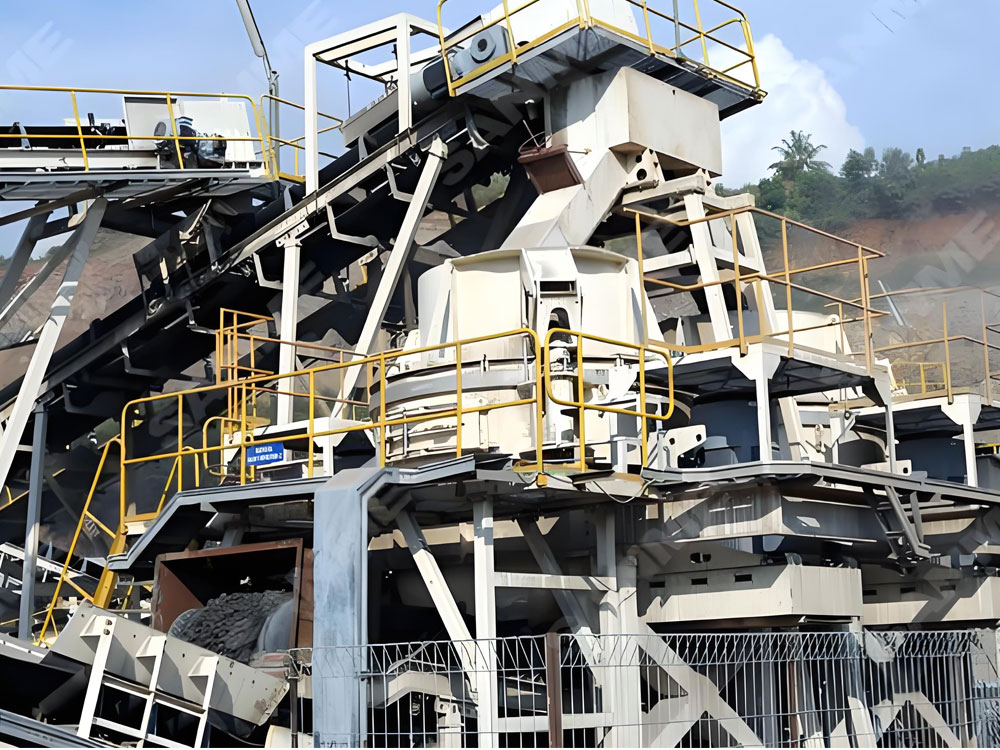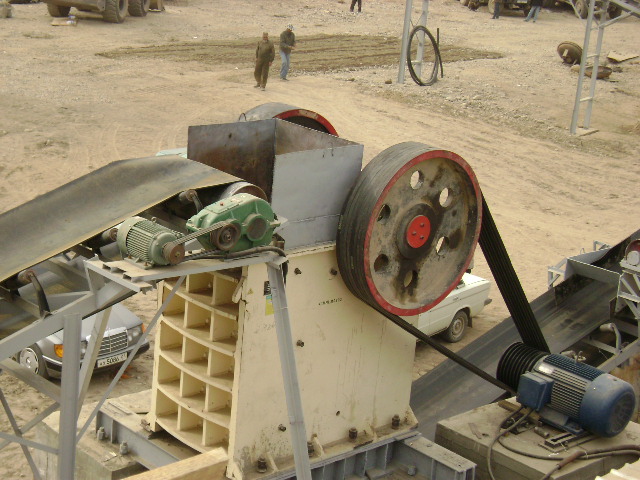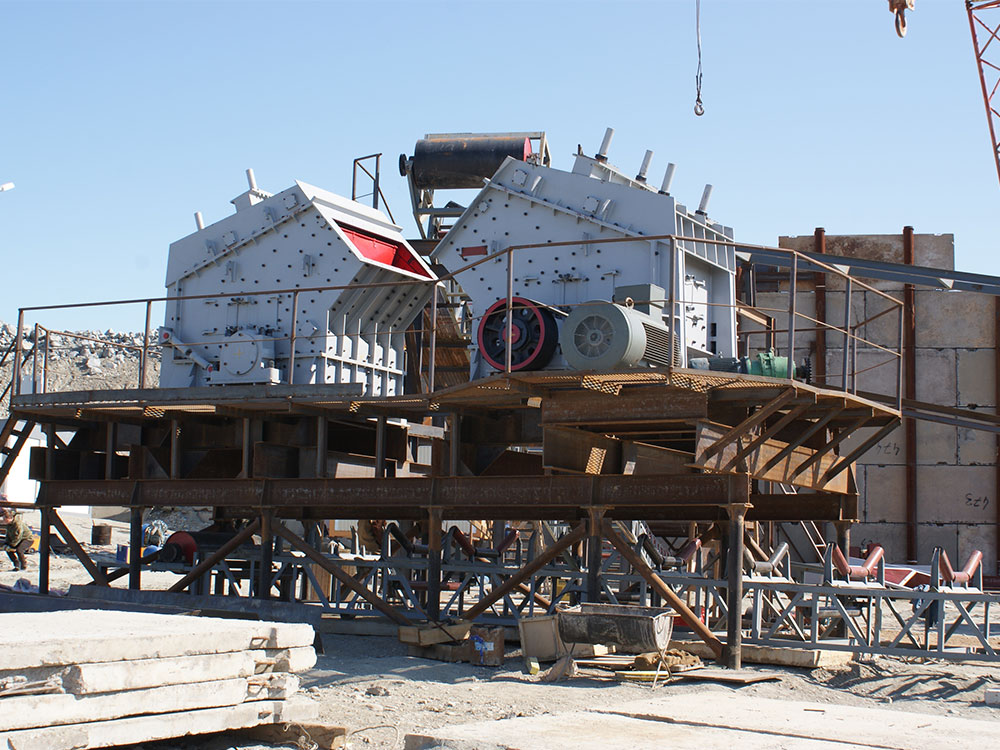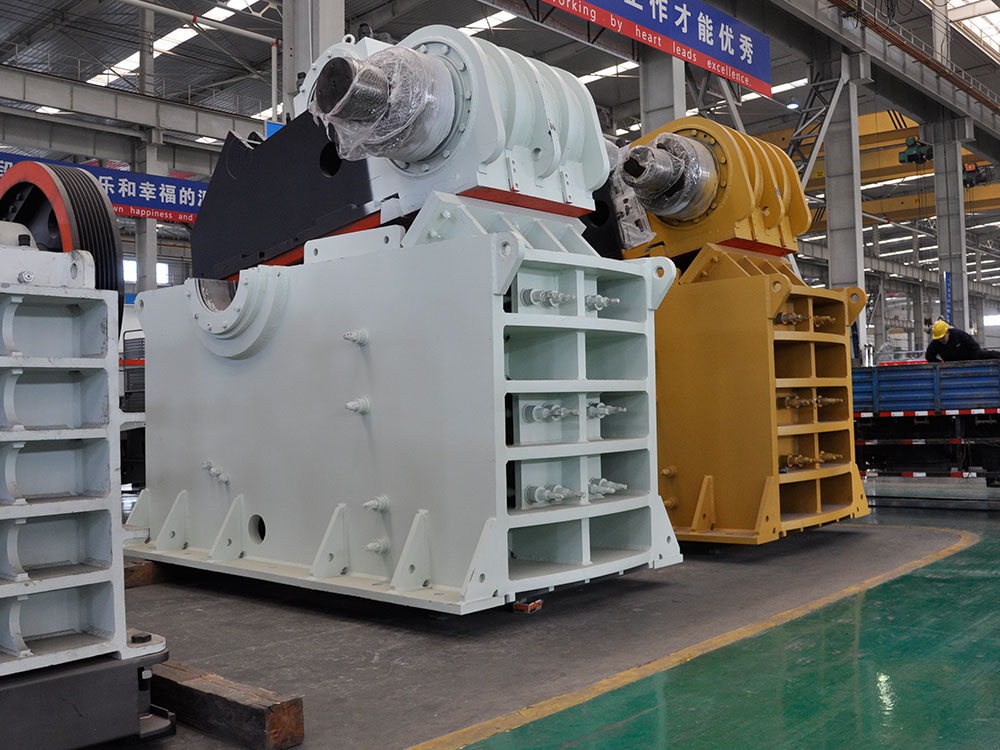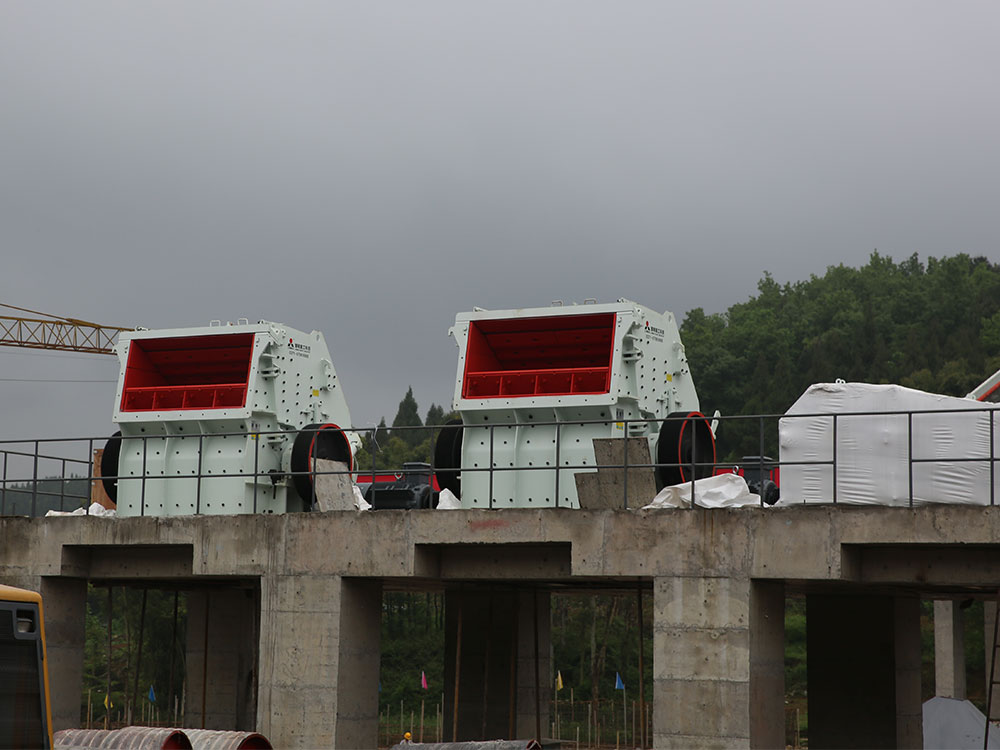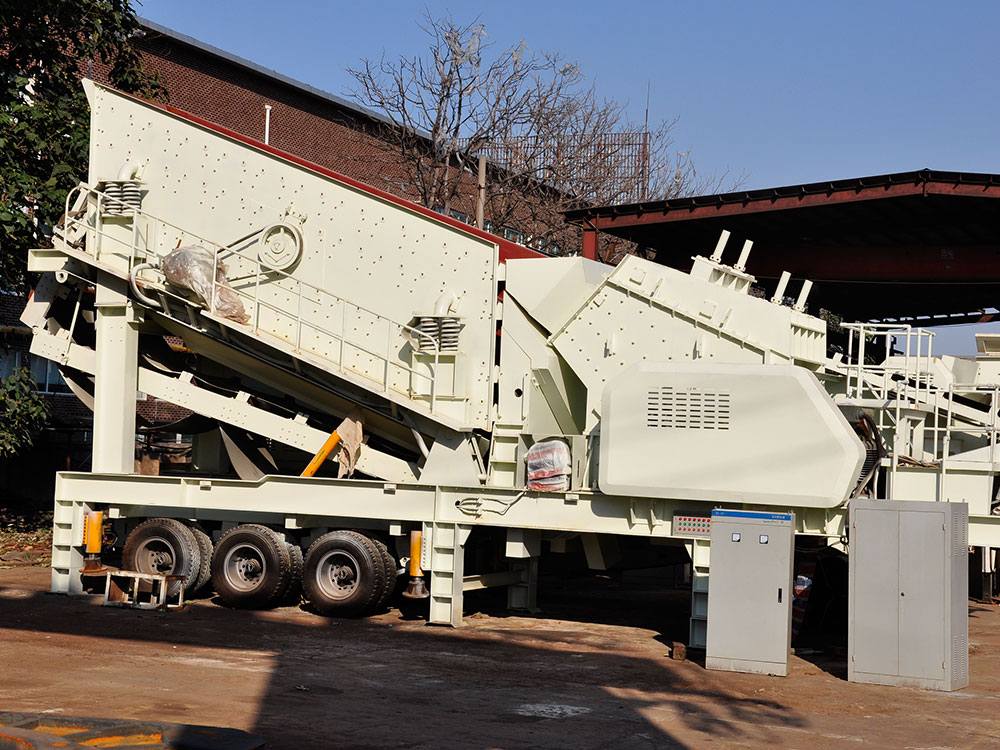In infrastructure construction such as buildings and roads, sand and gravel aggregates are indispensable foundational materials. An efficient, stable, and production-demand-aligned aggregate production line plays a crucial role in ensuring aggregate quality, output, and cost control. Below, we detail key considerations for making the right choice.
I. Define Production Requirements
Output Requirements
First, determine the expected annual or daily output of the production line. Different output scales directly impact equipment selection and configuration. For example, a project requiring 5,000 tons of aggregate per day will necessitate significantly different processing capacities and quantities of equipment compared to one requiring 2,000 tons per day. Large-scale production lines may require multiple large crushers, screeners, and other equipment working in tandem to meet high output demands. Smaller production lines, however, can opt for relatively compact equipment that satisfies production needs while reducing equipment acquisition costs.
Product Specifications
Define the required specifications for the sand and gravel aggregates, including particle size and gradation. Different engineering projects have specific requirements for aggregate particle size distribution and shape. For instance, materials for highway pavement bases demand strict control over particle size range and gradation, requiring equipment capable of precise output size regulation. In contrast, ordinary construction aggregates may have more flexible size requirements. Select appropriate crushing and screening equipment based on product specifications to ensure the produced aggregates meet quality standards.
II. Consider Raw Material Characteristics
Raw Material Types
Common aggregate raw materials include limestone, granite, and basalt. Different raw materials exhibit significant variations in physical properties such as hardness and brittleness, which significantly influence equipment selection. For instance, limestone has relatively low hardness, making jaw crushers suitable as primary crushing equipment. Their simple structure and ease of maintenance adequately meet limestone crushing requirements. Conversely, granite's high hardness necessitates equipment like cone crushers with greater crushing force for medium and fine crushing to ensure effective crushing results and prolonged equipment lifespan.
Feed Size
The maximum feed size of raw materials is another critical factor in equipment selection. For larger feed sizes, crushers with larger feed openings, such as large jaw crushers, are required. Smaller feed sizes may be better suited for impact crushers, which offer a higher crushing ratio and are more effective at processing medium-sized materials. Additionally, consider whether the raw material contains significant amounts of soil or impurities. If impurities are prevalent, supplementary equipment like sand washers may be required for cleaning to enhance the quality of the sand and aggregate.
III. Evaluating Equipment Performance
Crushing Equipment
Jaw Crusher: As primary crushing equipment, it offers advantages such as a high crushing ratio, simple structure, and stable operation. It is suitable for crushing materials of various hardness levels, particularly for coarse crushing of large blocks. When selecting a jaw crusher, key parameters to consider include feed opening size, discharge opening adjustment range, and processing capacity. For example, a specific jaw crusher model features a feed opening of 1200mm × 1500mm, a discharge opening adjustment range of 150–350mm, and a processing capacity of 800–1000 tons per hour, meeting the primary crushing requirements for large-scale sand and gravel aggregate production lines.
Cone Crusher: Primarily used for medium and fine crushing, it features high crushing efficiency, uniform product particle size, and long wear part life. Suitable for crushing high-hardness materials. When selecting a cone crusher, consider factors such as type (e.g., spring cone crusher, hydraulic cone crusher), crushing chamber configuration, and motor power. Hydraulic cone crushers offer high automation and user-friendly operation, automatically adjusting discharge openings to accommodate material variations and ensure consistent product quality.
Impact Crusher: Suitable for crushing medium to low-hardness materials, it delivers high crushing ratios, excellent product gradation, and well-shaped particles. Its unique crushing mechanism subjects materials to multiple impacts and counter-strikes during processing, resulting in superior particle form. When selecting an impact crusher, focus on parameters like hammer plate material, rotor diameter, and rotational speed, as these directly impact crushing efficiency and service life.
Screening Equipment
Screening equipment classifies crushed materials by particle size. Common types include vibrating screens and circular vibrating screens. When selecting screening equipment, factors such as screening area, screen mesh specifications, and processing capacity must be considered. For example, a certain model of vibrating screen has a screening area of 20 square meters, with screen mesh specifications replaceable according to production needs. Its processing capacity reaches 500–800 tons per hour, meeting the screening demands of medium to large-scale sand and gravel aggregate production lines. Simultaneously, reliable, high-efficiency screen meshes should be chosen to ensure effective screening results.
Conveying Equipment
Conveying equipment is responsible for transporting raw materials and finished products between different production processes. Common types include belt conveyors and bucket elevators. When selecting conveying equipment, factors such as conveying capacity, distance, and angle must be considered. For instance, long-distance conveying requires belt conveyors with sufficient power and appropriate belt width; bucket elevators are preferable for vertical conveying. Simultaneously, ensure the equipment maintains excellent sealing to prevent material spillage during transport, which could cause environmental pollution and material waste.
IV. Focus on Equipment Quality and Reliability
Brand Reputation
Opt for equipment manufacturers from well-known brands. These companies typically possess extensive production experience, advanced technology, and comprehensive after-sales service systems. Research industry materials, consult peers, and visit equipment operation sites to understand the reputation and user feedback of different brands. For instance, certain internationally renowned brands of crushing equipment enjoy a strong market reputation for high quality, performance, and reliability. While their prices may be relatively higher, they offer excellent value for money when considering long-term operating costs and operational effectiveness.
Materials and Manufacturing Processes
The materials and manufacturing processes directly impact equipment quality and service life. Critical components like crusher hammers, liner plates, and screen mesh should be manufactured from high-strength, wear-resistant materials. For instance, hammers made from high-chromium cast iron offer superior hardness and abrasion resistance, extending equipment lifespan while reducing replacement frequency and costs. Additionally, pay attention to manufacturing precision to ensure components fit accurately, operate smoothly, and minimize failure rates.
V. Cost Considerations
Equipment Acquisition Costs
Prices vary significantly across different brands and models. When selecting equipment, price should not be the sole criterion; performance, quality, and suitability must be comprehensively evaluated. While low-cost equipment may appear economical initially, it may lead to frequent breakdowns and reduced production efficiency during actual operation, ultimately increasing maintenance costs and downtime losses. Therefore, prioritize cost-effective equipment that ensures quality.
Operating Costs
Operating costs encompass energy consumption, replacement costs for wear parts, labor expenses, and more. Selecting energy-efficient equipment reduces production costs. For instance, some modern crushing equipment employs advanced energy-saving technologies that significantly lower energy consumption compared to traditional models. Additionally, focus on the replacement costs and service life of wear parts, opting for equipment with reasonably priced, easily replaceable components. Furthermore, rational equipment layout and automation levels can enhance production efficiency and reduce labor costs.
VI. Evaluating After-Sales Service
Installation and Commissioning
Equipment manufacturers should provide professional installation and commissioning services to ensure proper setup and operational readiness. During this process, technicians must conduct comprehensive inspections and adjustments to resolve potential issues. They should also train operators on equipment operation and maintenance procedures.
Maintenance and Repair
A comprehensive after-sales service system must include prompt maintenance and repair services. Equipment inevitably experiences malfunctions during operation, requiring manufacturers to respond swiftly and provide timely repairs. Regular maintenance services should also be offered, involving thorough inspections and upkeep to extend equipment lifespan. For instance, some manufacturers provide 24-hour service hotlines, enabling rapid dispatch of technicians to the site upon receiving user requests.
Spare Parts Supply
Ensure the equipment manufacturer can provide an adequate supply of genuine spare parts. Genuine parts offer greater assurance in quality and compatibility, guaranteeing the equipment's normal operation. Delays in spare parts supply can lead to extended equipment downtime, impacting production schedules. Therefore, when selecting equipment, it is crucial to understand the manufacturer's spare parts supply capabilities and inventory status.
Selecting suitable aggregate production line equipment requires comprehensive consideration of production requirements, raw material characteristics, equipment performance, quality reliability, cost factors, and after-sales service. Only through thorough understanding and evaluation can one choose the most suitable equipment for their production project, thereby achieving efficient, stable, and economical aggregate production.


